A SMALL 'BEISHOKU' CELADON BOTTLE VASE AND STANDSouthern Song Dynasty
The vase of baluster form with long neck and inset foot, the pared foot rim showing buff porcelaneous body partly burnt orange, the openwork stand with everted rim supported by four ruyi-shaped feet, covered by a thick, finely cracked glaze of golden husk color.
7 5/8in (19.7cm) high overall;
6 3/8in (16.2cm) high of vase;
2 3/16in (5.7cm) high of standFootnotes南宋 米色青瓷小件帶座吉字瓶
Provenance:
Mathias Komor Chinese Art, New York, no. N72
Ara Hajin, CA, 2007
來源:
紐約Mathias Komor Chinese Art古董行,編號N72
加州古董商Ara Hajin,2007年
The term 'beishoku' celadon ('rice husk colored' celadon) was coined by Japanese connoisseurs in the 20th century to describe the rare and unusual beige color glaze resulting from oxidization during firing. The best 'beishoku' celadon is associated with Guan and Longquan celadon wares, and they represent a startling beauty unmatched by the standard celadon tones. The unique 'rice husk' color and the finely crackled glaze are highly appraised by the Japanese, who has a long tradition of enjoying the accidental results in ceramic art. While traditionally the beige color glaze is considered an unsuccessful firing, Chinese collectors today have also taken an interest of this special category.
A fragment of a small celadon vase of this form discovered at the Southern Song Guan ware kiln sites near Hangzhou, Zhejiang province, is illustrated in Nan Song Guanyao (Southern Song Governmental Porcelain Workshop), Beijing, 1996, pl. XXIV-7, described on p. 35 as the top of a jing ping water vessel.
A very similar set of celadon vase and stand discovered in the hoard at Santai county, Sichuan province, is illustrated in the catalog of the special exhibition organized by the Nezu Museum, Heavenly Blue: Southern Song Celadons, Tokyo, 2010, p. 150, pl. 45-7, citing the original publication as Sichuan wenwu, 1990-4.
Compare also the small Longquan celadon vase of this form, illustrated by Krahl in Chinese Ceramics from the Meiyintang Collection, Volume Three (II), London, 2006, p. 184, no. 1574, where the author cited two other Longquan vases discovered from a Yuan hoard, one of them with a matching stand, published in Kaogu, 2001, No. 5, p. 95, fig. 2-8 and 2-10, and pl. 6-1.
A SMALL 'BEISHOKU' CELADON BOTTLE VASE AND STANDSouthern Song Dynasty
The vase of baluster form with long neck and inset foot, the pared foot rim showing buff porcelaneous body partly burnt orange, the openwork stand with everted rim supported by four ruyi-shaped feet, covered by a thick, finely cracked glaze of golden husk color.
7 5/8in (19.7cm) high overall;
6 3/8in (16.2cm) high of vase;
2 3/16in (5.7cm) high of standFootnotes南宋 米色青瓷小件帶座吉字瓶
Provenance:
Mathias Komor Chinese Art, New York, no. N72
Ara Hajin, CA, 2007
來源:
紐約Mathias Komor Chinese Art古董行,編號N72
加州古董商Ara Hajin,2007年
The term 'beishoku' celadon ('rice husk colored' celadon) was coined by Japanese connoisseurs in the 20th century to describe the rare and unusual beige color glaze resulting from oxidization during firing. The best 'beishoku' celadon is associated with Guan and Longquan celadon wares, and they represent a startling beauty unmatched by the standard celadon tones. The unique 'rice husk' color and the finely crackled glaze are highly appraised by the Japanese, who has a long tradition of enjoying the accidental results in ceramic art. While traditionally the beige color glaze is considered an unsuccessful firing, Chinese collectors today have also taken an interest of this special category.
A fragment of a small celadon vase of this form discovered at the Southern Song Guan ware kiln sites near Hangzhou, Zhejiang province, is illustrated in Nan Song Guanyao (Southern Song Governmental Porcelain Workshop), Beijing, 1996, pl. XXIV-7, described on p. 35 as the top of a jing ping water vessel.
A very similar set of celadon vase and stand discovered in the hoard at Santai county, Sichuan province, is illustrated in the catalog of the special exhibition organized by the Nezu Museum, Heavenly Blue: Southern Song Celadons, Tokyo, 2010, p. 150, pl. 45-7, citing the original publication as Sichuan wenwu, 1990-4.
Compare also the small Longquan celadon vase of this form, illustrated by Krahl in Chinese Ceramics from the Meiyintang Collection, Volume Three (II), London, 2006, p. 184, no. 1574, where the author cited two other Longquan vases discovered from a Yuan hoard, one of them with a matching stand, published in Kaogu, 2001, No. 5, p. 95, fig. 2-8 and 2-10, and pl. 6-1.
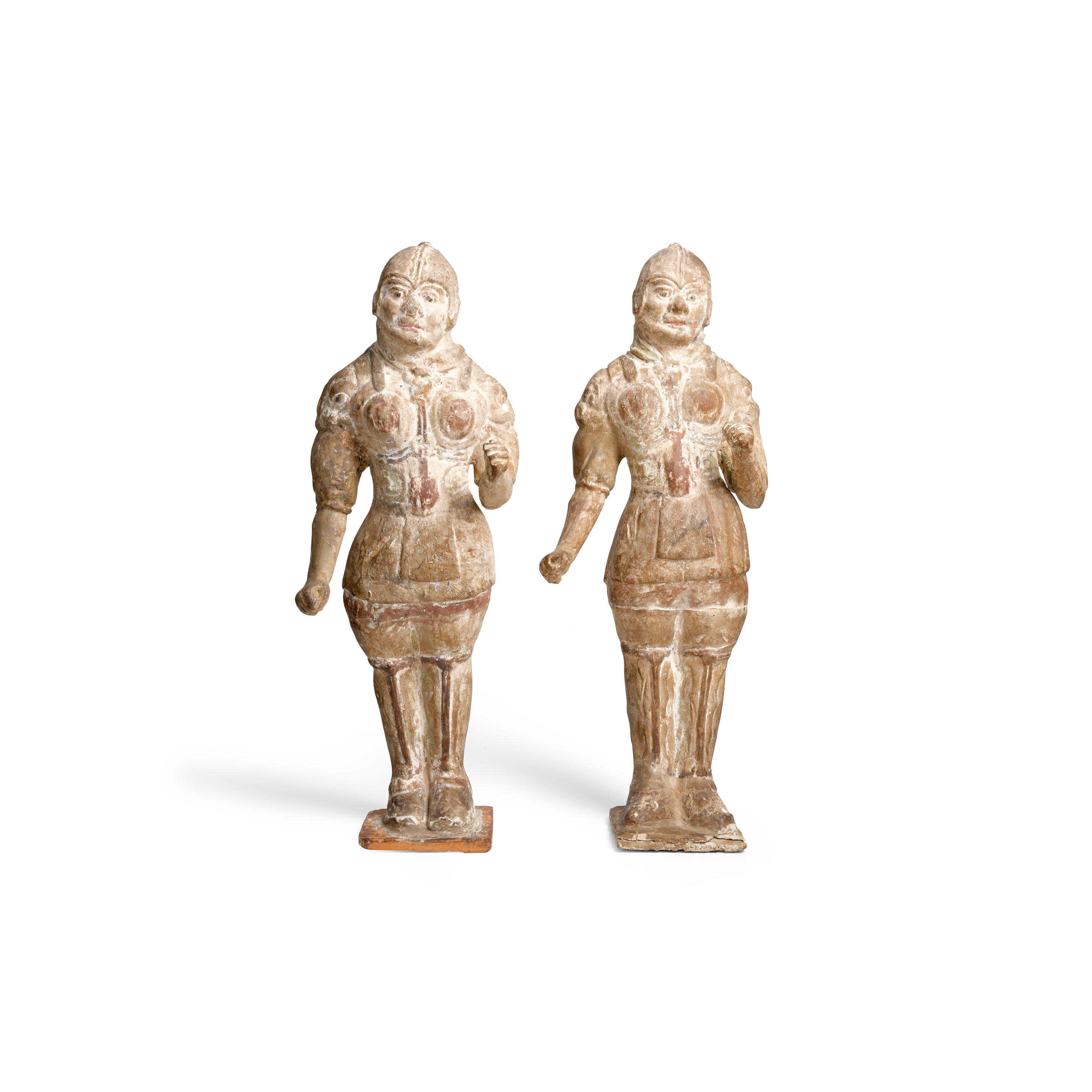


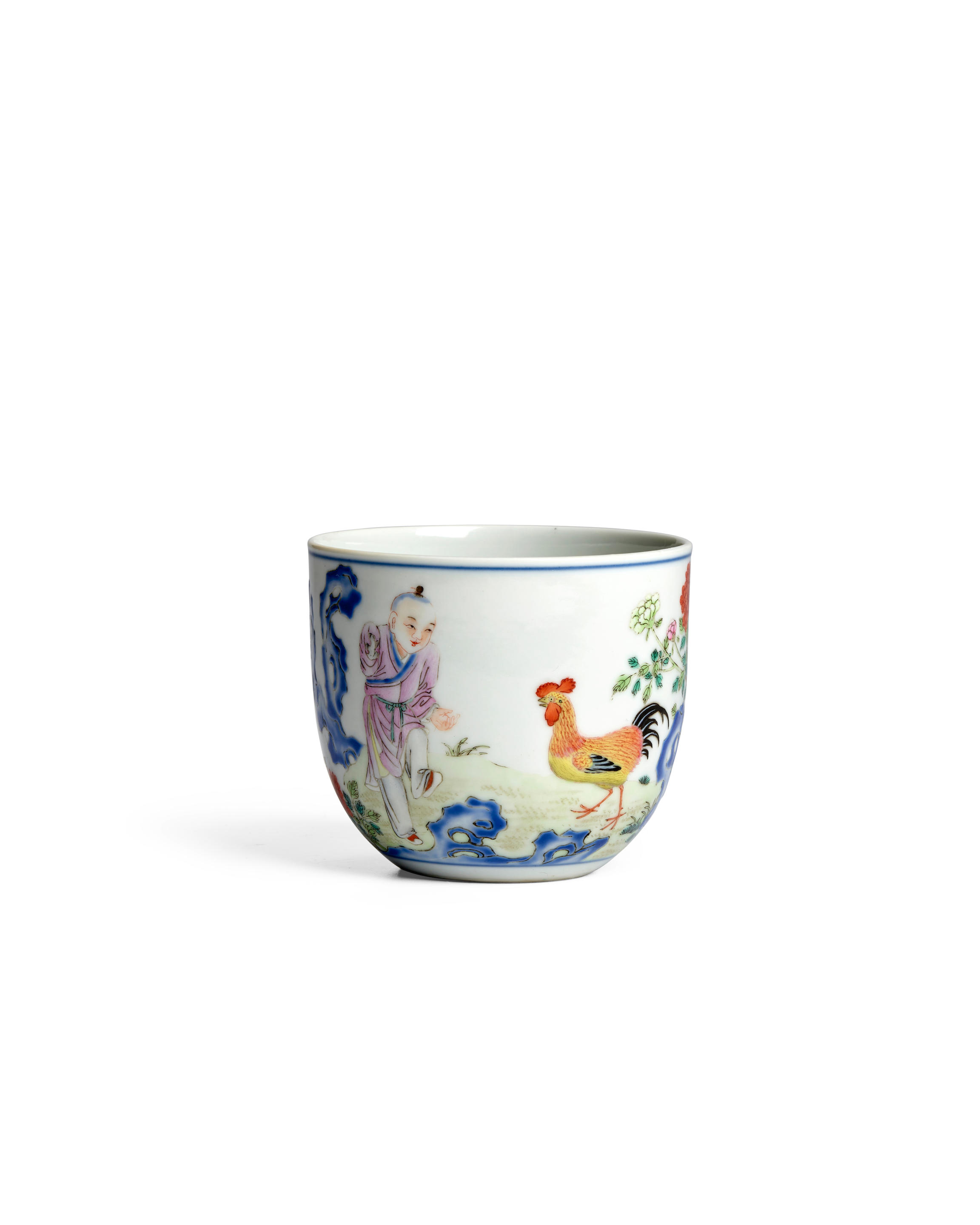
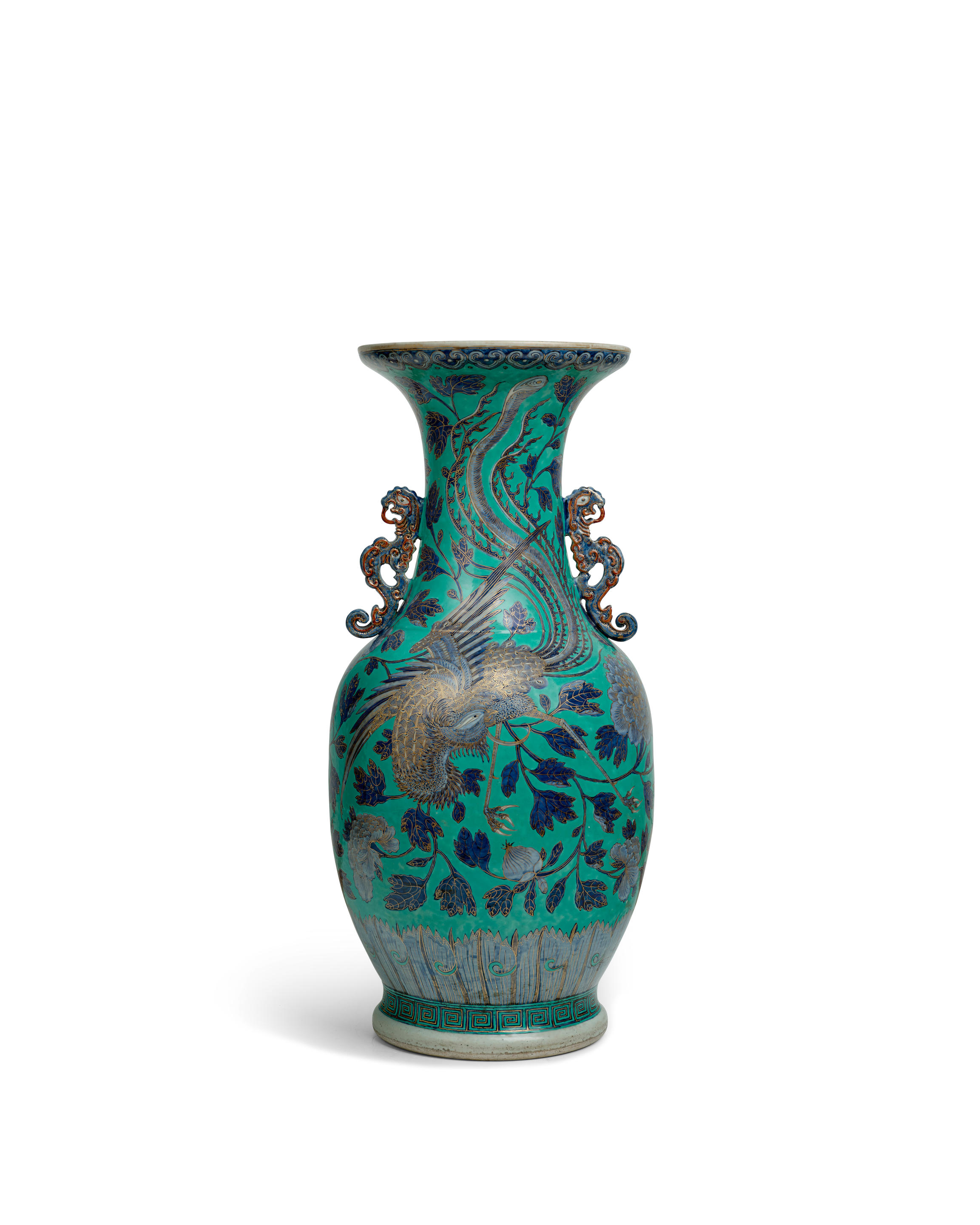
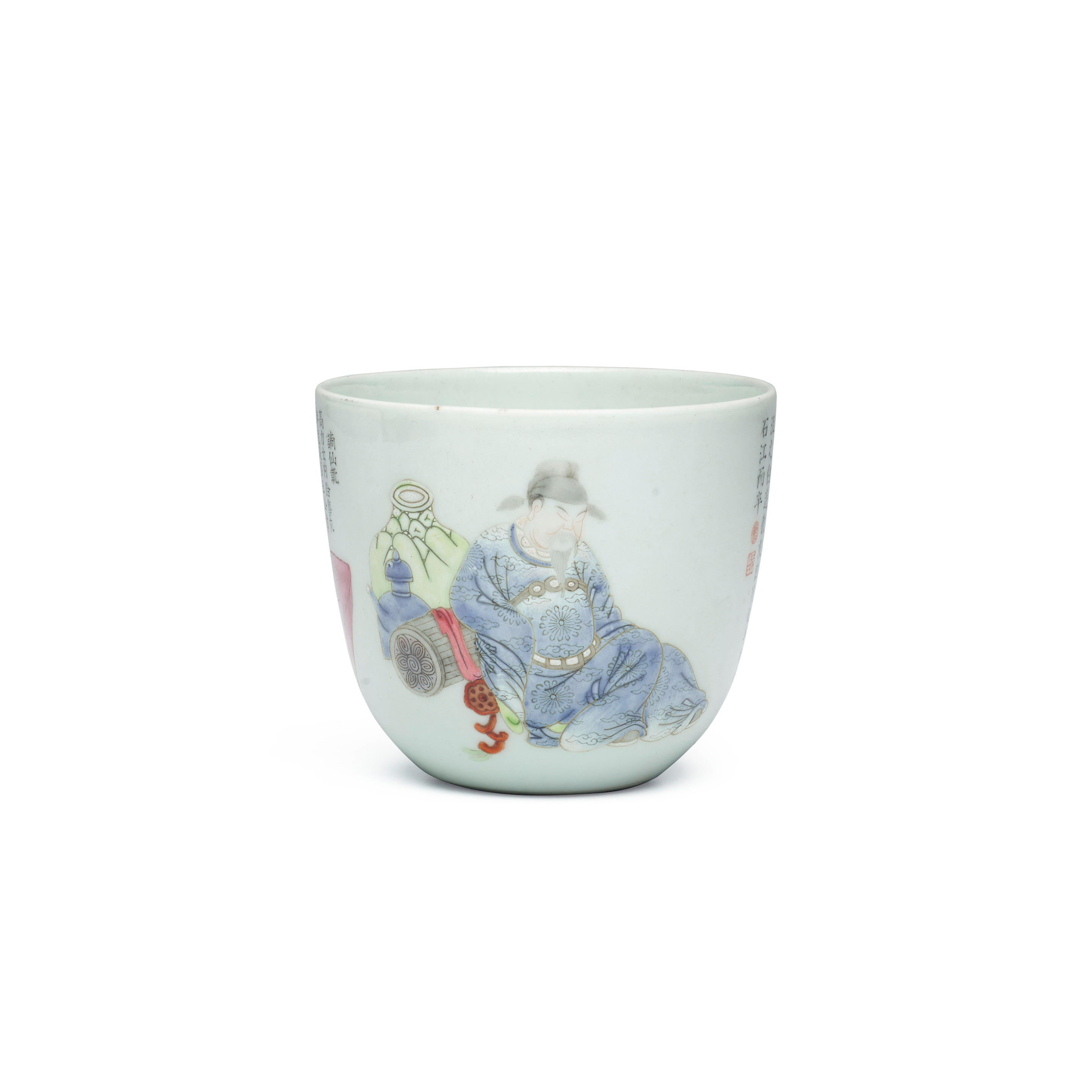
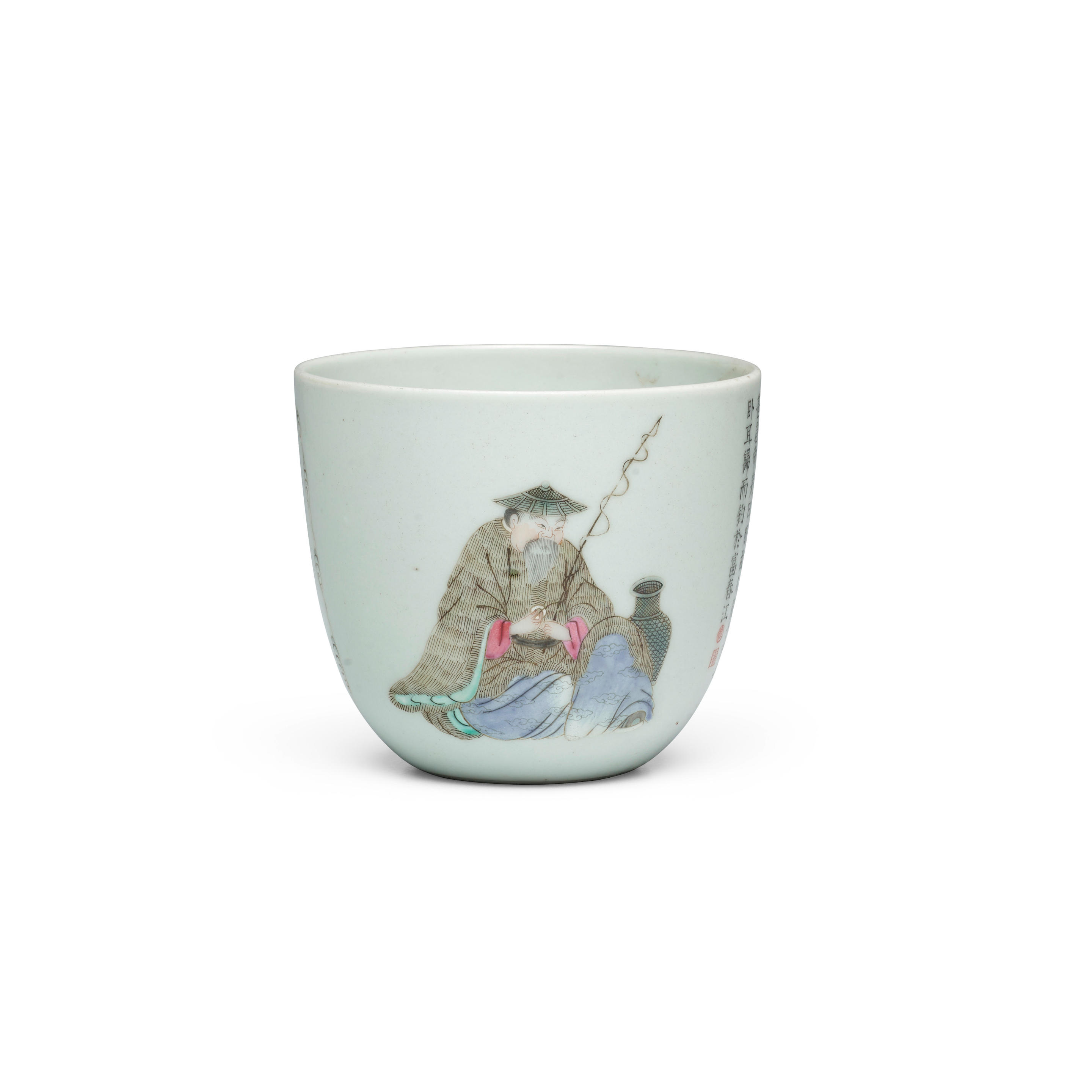
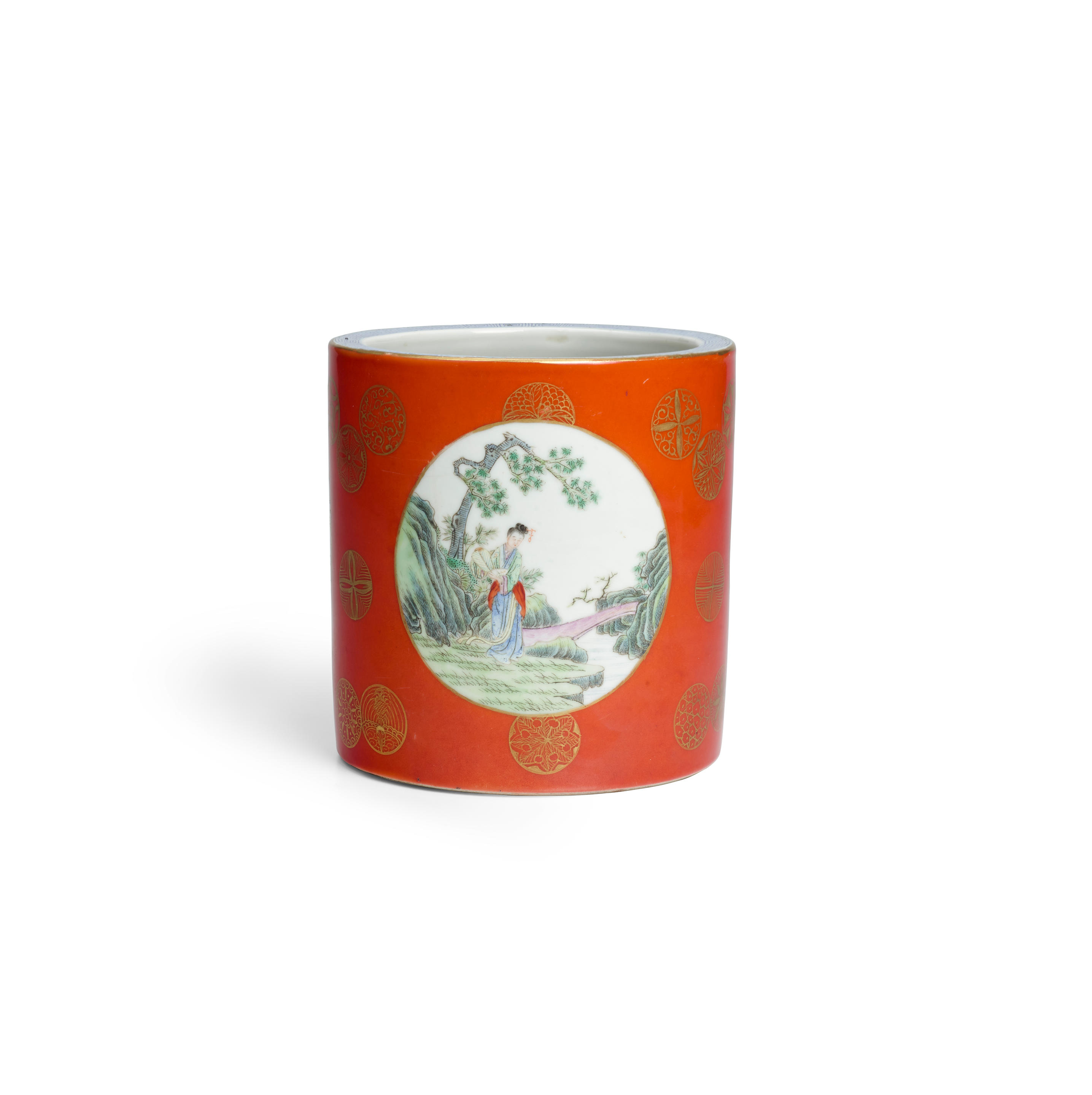
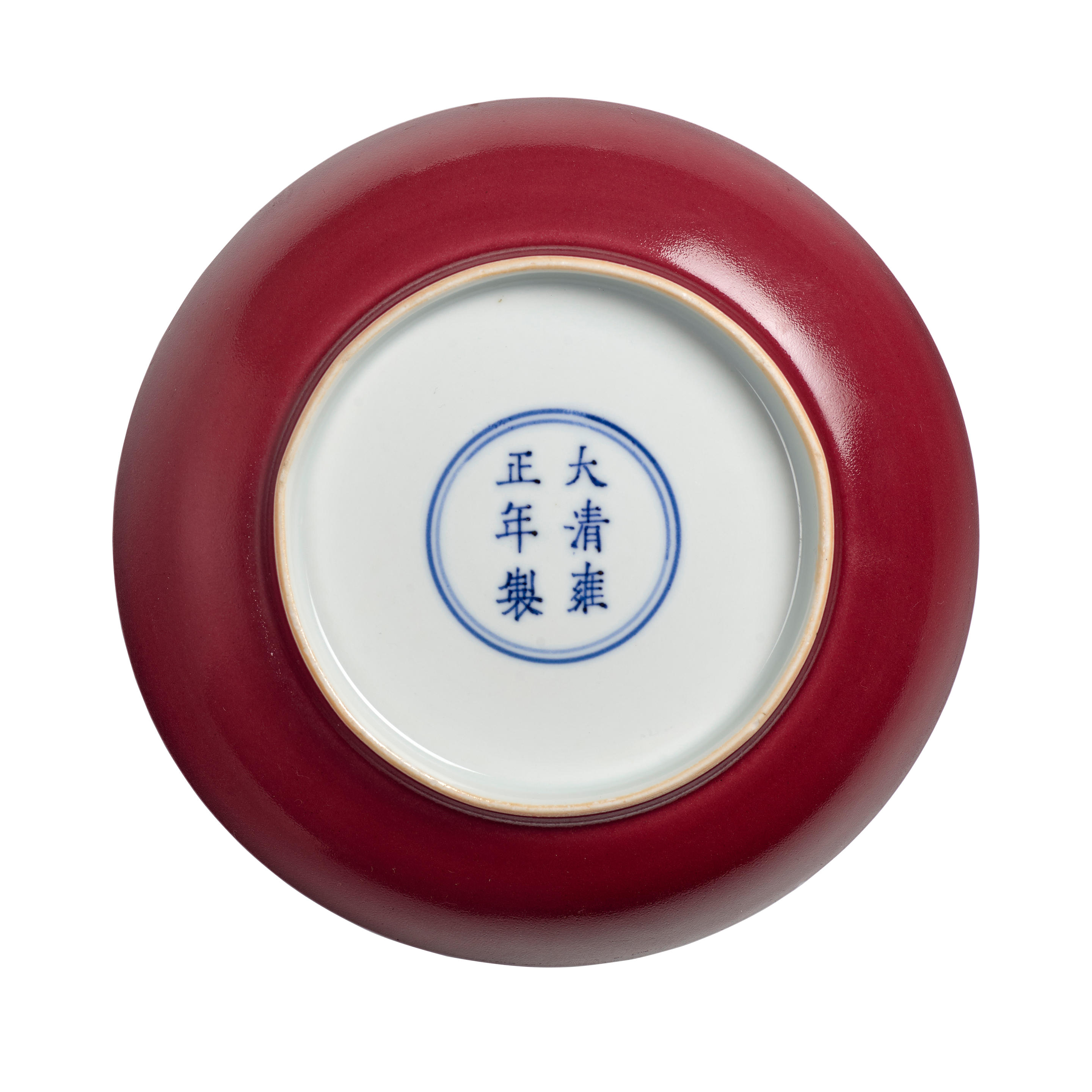
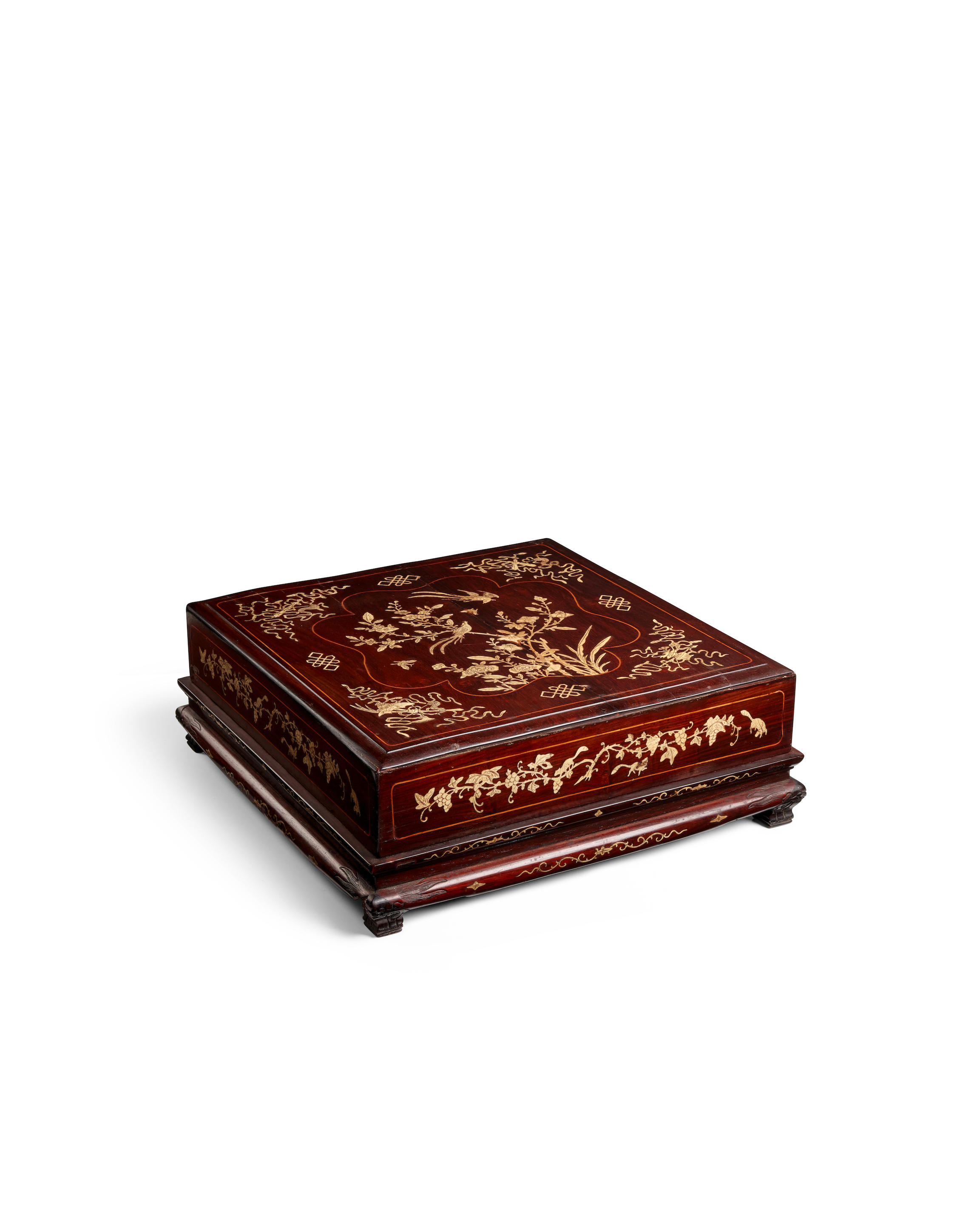
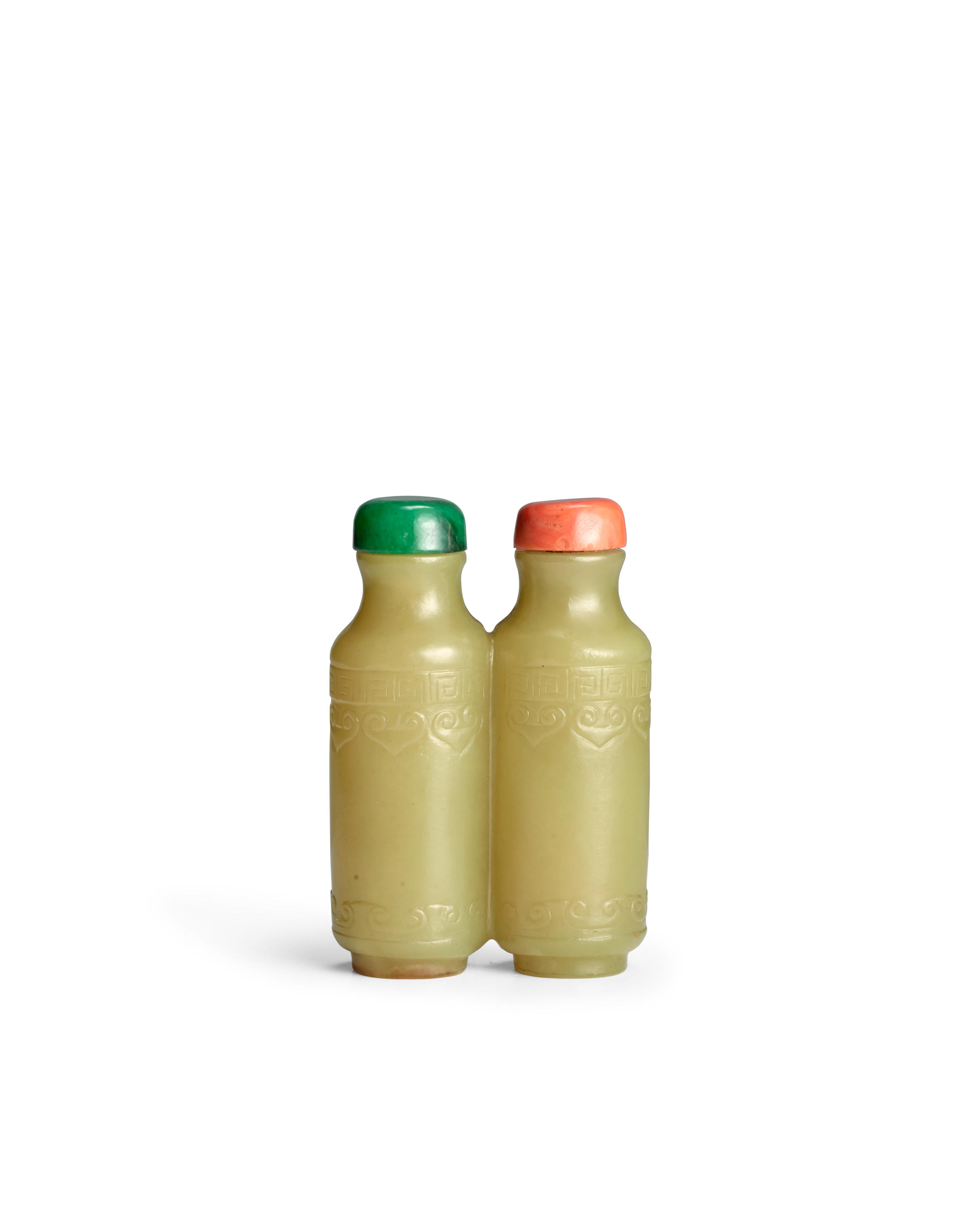
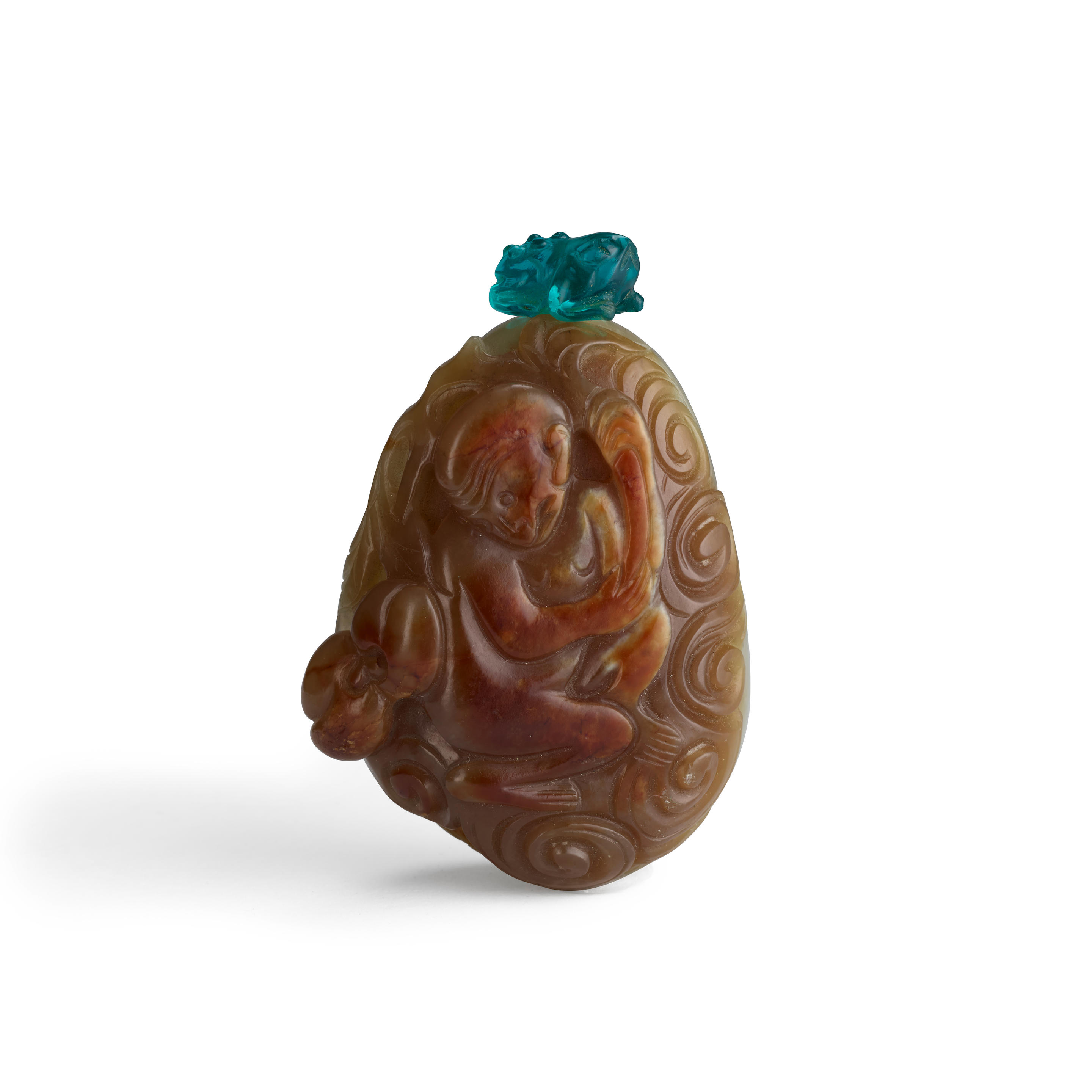
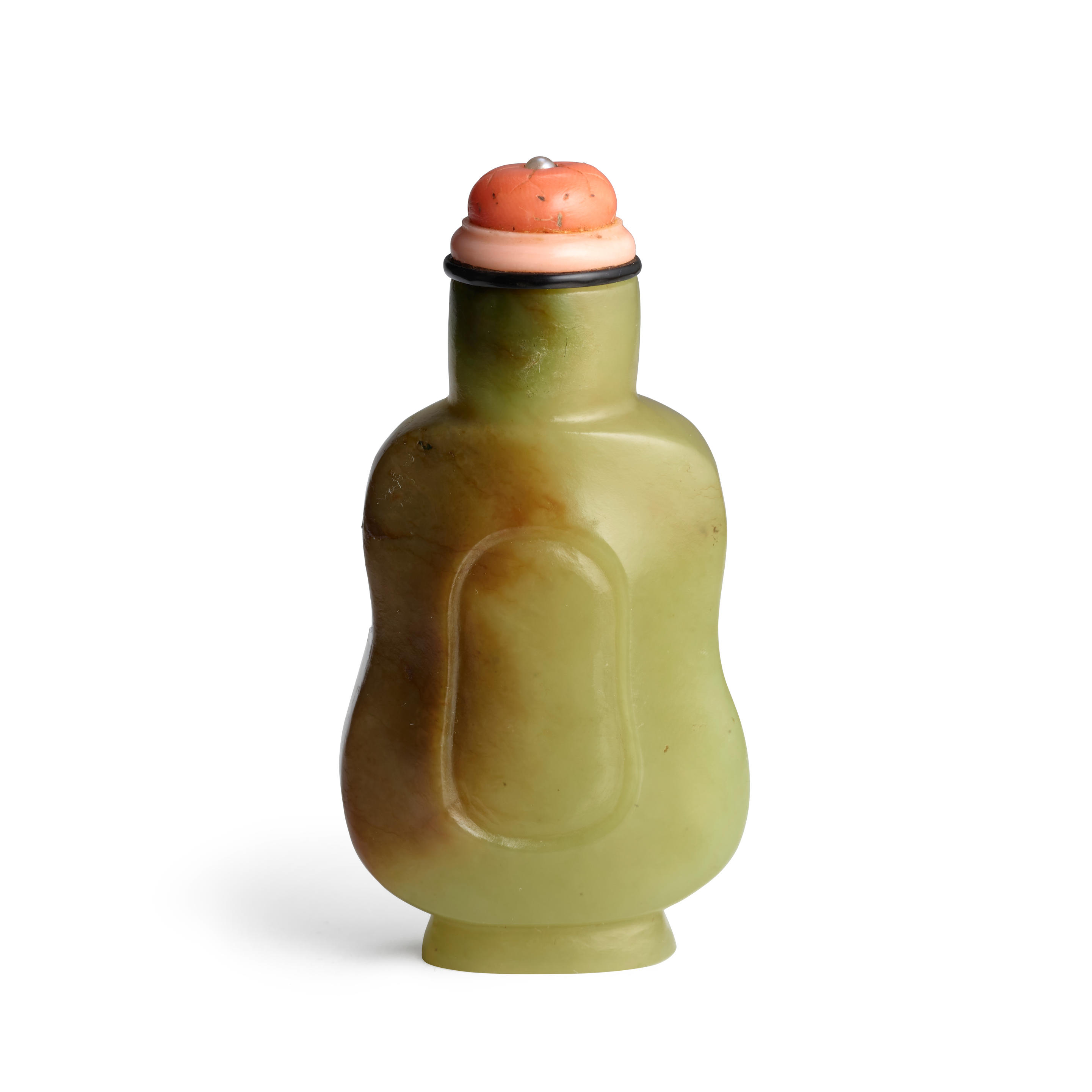
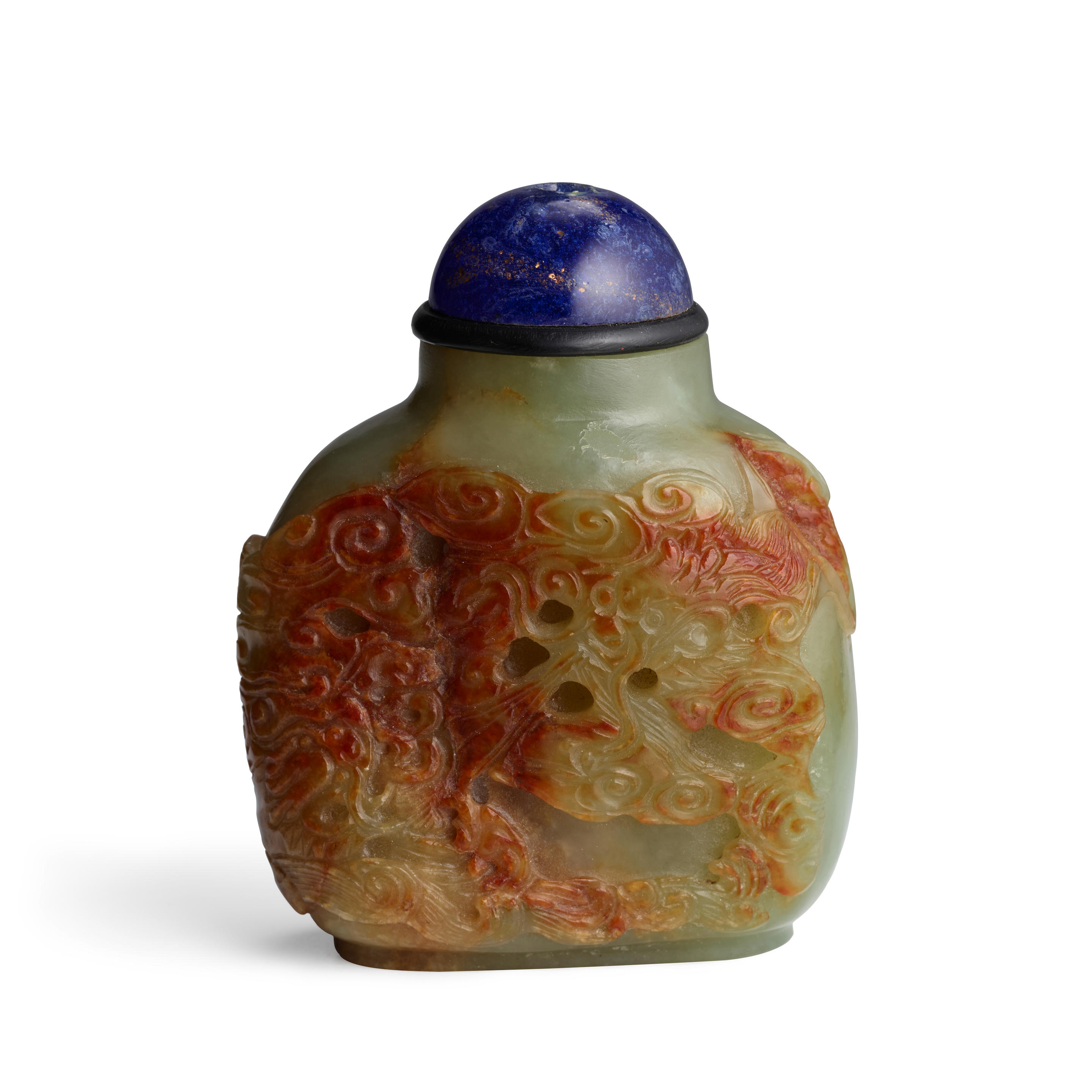
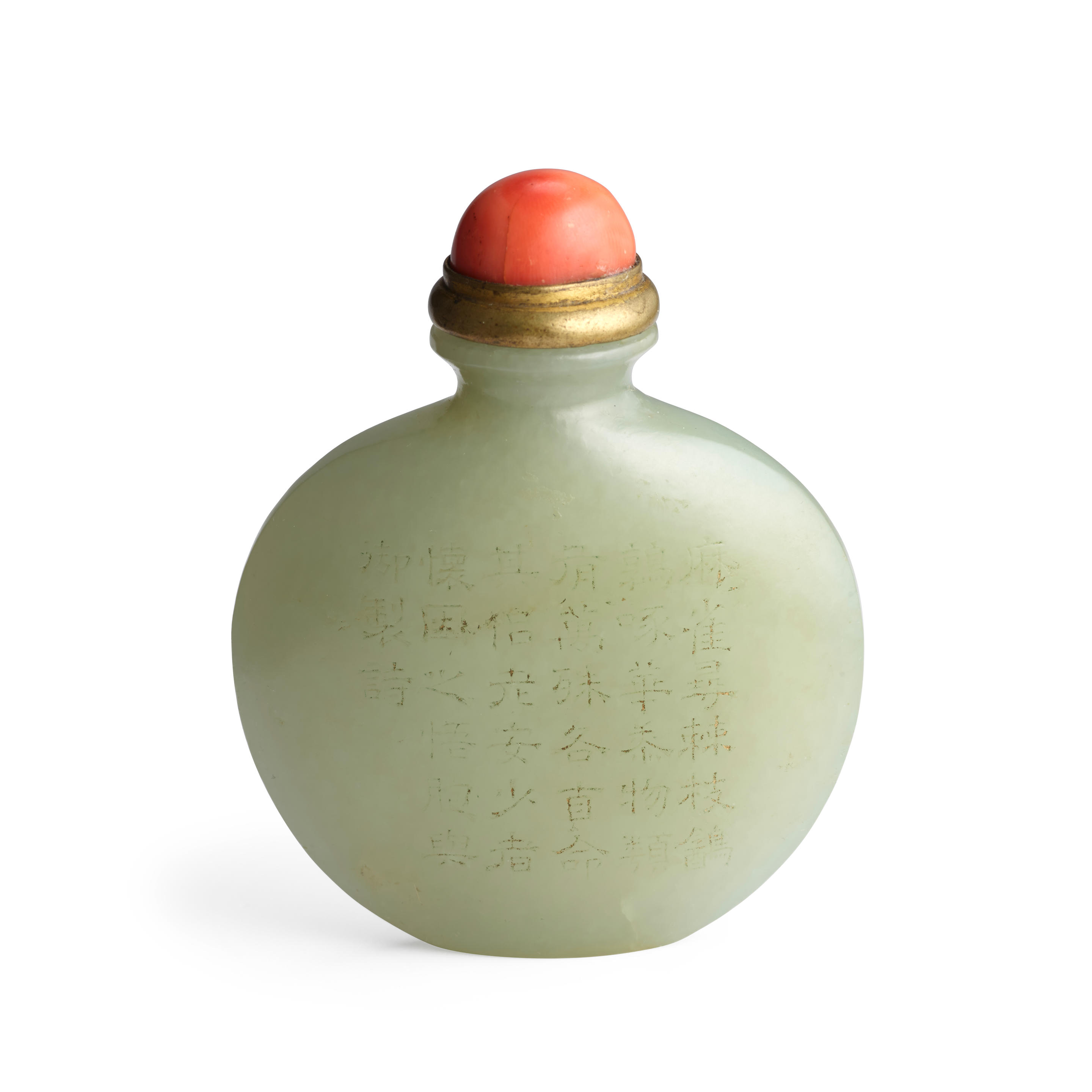
Try LotSearch and its premium features for 7 days - without any costs!
Be notified automatically about new items in upcoming auctions.
Create an alert